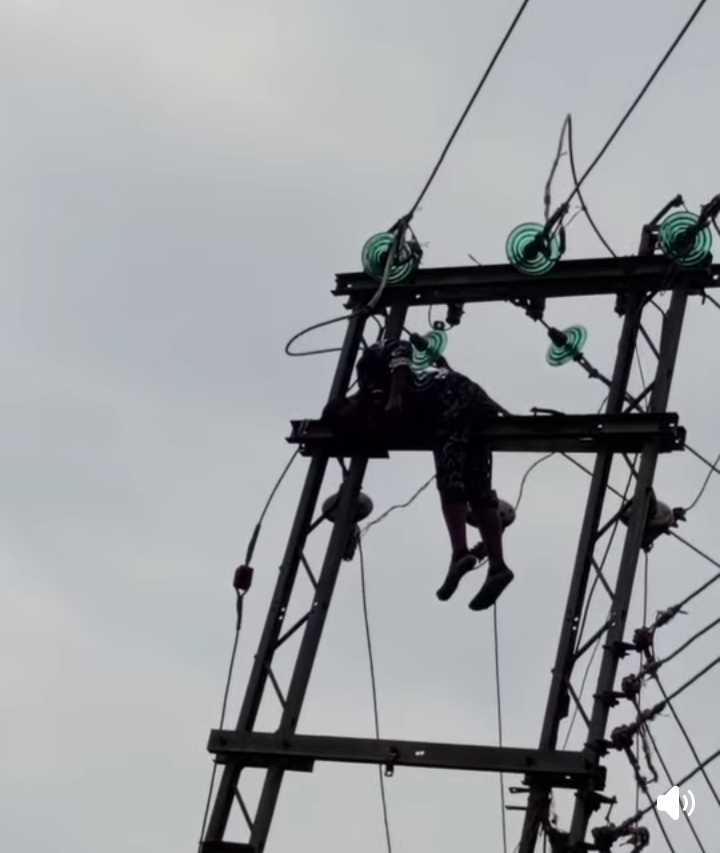
In the past, CUDA has remained too traditional thereby having less impact on the society. It somehow remains moribund that some of its duties were contracted out. The contraction of CUDA’s duties however increases the decay seen in Calabar in the final years of Liyel Imoke’s administration.
For Ben Ayade to have an impact on urban dwellers, he has to set a standard for CUDA. Setting the standard shouldn’t be in the collection and evacuation of waste alone. CUDA is one of the most powerful agencies in CRS. It is much more powerful than the commissioners and all their non performing ministries. How?
In the 21th century urban rejuvenation, any town planning authority has to reposition itself for better service delivery, job creation in urban cities, crime fighting technologies, transport networking and small to large scale industry development. How?
Cross River State is sitting on millions of metric tons of new energy gas otherwise known as biogas. That is, Cross River State could be the next biogas destination in Nigeria, and perhaps Africa at large. How? Now, let’s go to business.
Most of our toilets in CRS rural areas are still crude. That type of toilet na. Yes! That one for your village. The one with the bamboo line that sits on sticks and you have to do a balancing act to be able to poo. Haha, Chai! See gas.
In urban towns like Ogoja, Ikom, Ugep, Akamkpa, Odukpani, and Calabar, there are modern toilets everywhere. Where there is none, there’s an improvised one that has sewage septic tanks. I found out that when sewage tanks are full, trenches are dug where human waste is emptied. This method of sewage disposal has a very high poisoning rate to our aquifers and groundwater table. What should be done?
CUDA could set up biogas plants around the three major urban centres and perhaps other necessary centres deemed better. Now, what’s needed for biogas production in CRS?
The toilets in CRS and indeed the country have not been harvested for biogas. CUDA should as a matter of urgency acquire evacuation trucks and tanks, set up state of the art equipment for the building of biogas plants. Establishing biogas facilities across CRS will go a long way in developing over 1500 jobs in the first year of its kind operations.
Another feeder system which goes hand in glove with the biogas plant is a fertilizer plant. Because there will be a higher level of production, there will also be a higher level of waste. However, with addition of some chemicals and treatment, CRS can therefore be on it way to generating it own fertilizer for its own farmers and indeed other states and for export. The fertilizer plant can employ maybe 300-500 people in a low scale.
Although CUDA has been lifting waste, its inability to develop a waste recycling plant has been the major reason why the state government under Imoke contracted out waste evacuation contracts to private firms. But until now, from its inception in 2000, CUDA has not been able to develop mini recyclers in this state; so worrying. In an era where waste is wealth, we are still dumping waste in dump sites unattended to.
My idea is for the state to develop recycling plants across the state. We could have bottle crushing companies that can smelt bottles that are added in trash, and can use the crush to mould new bottles. We can actually have a bottling company where new bottles can be made. Otherwise sell our crushed bottle pillets to Nigeria Bottling Company, at Aba. As someone who has received early industrial training in bottle moulding and extrusion, this is a multimillion business and could employ up to 1500-2000 young professional graduates and school dropouts.
All evacuated waste in Africa has 45% food material and animal waste, 32% nylon, 13% hard waste and sand. That is 45% of the waste evacuated can be turned into biogas without problem. That means, we have been wasting 45% of our gas.
Now 32% of the evacuated waste has nylon; nylon can be recycled. The recycled nylon is very important in Asia. They use it for making packaging bags. Recycled nylon can be remolded to produce safety boots, jerry cans, rubber slippers, and everything rubber related. CRS can manufacture it own rubber goods for export. A recycling machine, otherwise called extrusion/extruder machine can work 24/7. This recycling plant can employ 40-100 people depending on the size. However, the nylon recycled can also produce more nylon for packaging goods. A combination of the recycling plant and the manufacturing plant can employ upto 500-1000 at a smaller scale.
Ifere Paul did a six-month long intensive training in Nepal on Biogas Development










